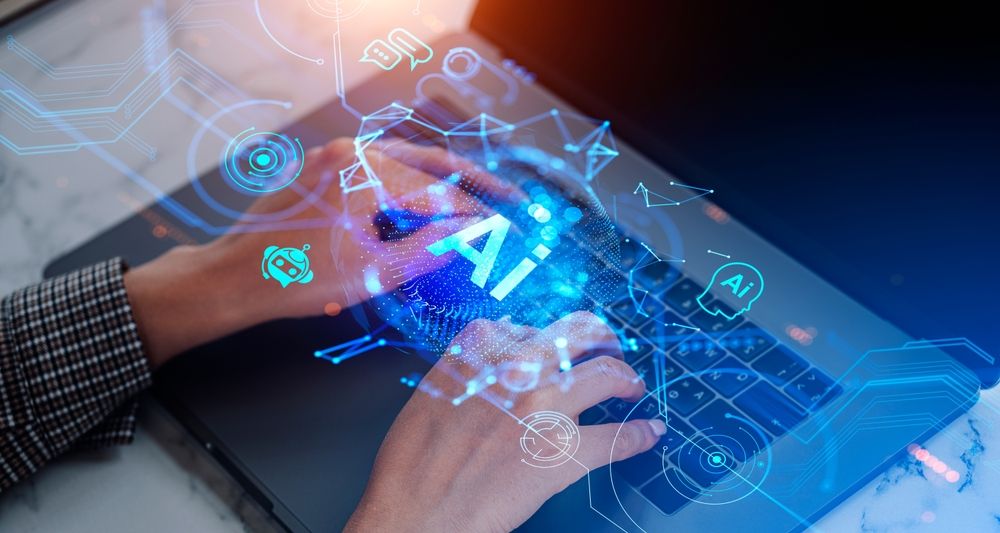3 Emerging Trends in Generative AI

Generative artificial intelligence (generative AI) is exhibiting explosive progress, with a report from Grandview Research estimating that it will grow at a CAGR of 37.3% between now and 2030.
One of its greatest appeals is its accessibility, allowing companies of every size to utilize the streamlining, automation, and other benefits that come with the technology. But as with every emerging tool, there are some concerns around its reliability and responsible practices.
Here are some of the emerging trends around generative AI and AI adoption:
Low-Barrier of Entry: Generative AI is available to all types of workers in every industry, providing ample opportunities for rethinking how processes and jobs are completed. You don’t even need a developer to create a no- or low-code platform that utilizes AI and delivers immediate business benefits. The IBM Global AI Adoption Index 2022 says that 35% of companies are using AI, and the reason is largely due to the shortage of workers.
One of the important features of generative AI is that it often removes a learning curve that can delay the usefulness of a new application.
Improved Security and Policy: Companies that implement the right policies that act as guardrails for their employees can speed deployment while protecting the integrity of data and systems. Providing guidelines for adoption and implementation allows employees to be empowered to use these tools, making informed decisions about which are best for their purposes.
By training employees in the correct usage of generative AI, companies encourage AI adoption and allow for better, successful outcomes for employees and customers. There are a few guiding principles:
- Employees must verify output to ensure appropriateness and accuracy of results.
- Flexibility in creating prompts and formulations to produce accurate, reliable outputs.
- Transparency in generative AI processes.
Inherent Challenges: While generative AI has the potential for disruptive advances, it also comes with some challenges that are shaping how it is used and implemented. There is a risk that as the technology becomes widespread, employees will become lax in applying critical thinking skills or questioning when certain results don’t align with what is expected.
There is also the risk of bias in generative AI. While implementing transparency measures and encouraging analysis of results to determine whether the sources are reliable can mitigate some of this effect, it may be impossible to remove all potential for bias in results. Training, monitoring and applying human logic should all be included in strategies for combatting bias in generative AI.
If your company is beginning to consider the potential benefits of generative AI in your organization, contact us at ITBroker.com. We can assist you in determining the areas that would most improve through AI tools and which will produce the most benefit for the investment.
